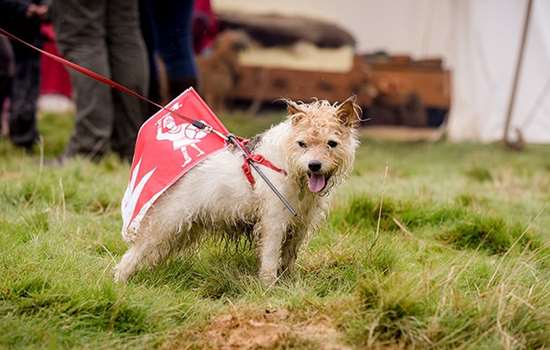Discover Stokesay Castle
Most of what you can explore at Stokesay was built in the 1280s and early 1290s by Lawrence of Ludlow - the richest man in England in the late 13th century.
The timber gatehouse, one of Stokesay's most recognisable features, wasn't built until 1640-41 when the property was owned by William Craven, the first earl of Craven. He was a Royalist in the Civil War, which led to his lands (including Stokesay) being confiscated - although he regained them after the Restoration.
The castle passed through various tenants and owners for the next two centuries, and gradually ceased to be occupied. It was bought by John Derby Allcroft in 1869, who began the work of conserving the property. English Heritage became responsible for it in 1986 and assumed ownership in 1992 after the death of Jewell Magnus-Allcroft.
Explore StokesayWhy We Love Stokesay
"For both Toni Pettitt and I, it's the North tower as we arrive or leave, with the sun either rising or setting on it. It's so imposing, and such a beautiful setting facing the church. One of the best things about working here is unlocking in the morning, listening to the swallows chattering, seeing the swans on the pond, and looking out at the views as we open the shutters." Deborah Wolton Site Manager, Stokesay Castle
"I love the Solar as you can visualise living in it. I especially enjoy looking down on the Great Hall, through the peep holes on either side of the over-mantle." Jenny Harrison, Historic Property Steward
"My favourite part is the Great Hall with its cruck roof, and I love the way the light changes throughout the day." Toria Blythman, Historic Property Steward
Things to do at StokesayDid You Know?
Laurence of Ludlow may have bought Stokesay for around £266.
At a time when the annual income of a knight was around £30, £266 was a substantial sum, but Laurence could well afford it. His vast wealth came from the wool trade and he's one of the earliest known examples of a rich merchant reinventing himself as a country squire.
The Downfall of Lawrence'Kept Safe And Sound As A Historic Monument'
Thanks to a London glove manufacturer named John Derby Allcroft, Stokesay Castle is an early example of sympathetic conservation. He bought the estate in 1869 and, having decided that 'the Castle should be left empty but kept safe and sound as an historic monument', began extensive repairs in 1875.
The castle buildings were made structurally sound but looking as they did in the late 17th century - the most substantial change was to the inside of the gatehouse, which was fitted out for a caretaker to live in. Allcroft's stated aim was 'replacing where decay was rampant, but wherever possible, leaving the original materials untouched even in respect of their surfaces.'
The castle has been open to the public since around 1877, and was in the care of the Allcroft family well into the 20th century.
More on Stokesay's HistoryMore to Explore
-

Days out with Dogs
Plan a great day out at an English Heritage property with your dog - discover our dog-friendly sites around the country and bring your canine companion along for the day.
-

Places to visit in the West Midlands
Plan a great day out in the West Midlands - discover more sites to visit near Stokesay Castle and browse our upcoming events.
-

Spotlight on Kenwood
Explore the incredible and important collection of artworks at the charming free site in London, as well as acres of grounds to explore overlooking the capital.

